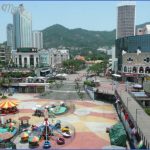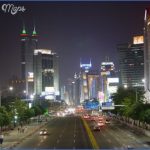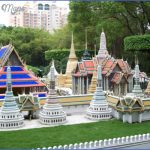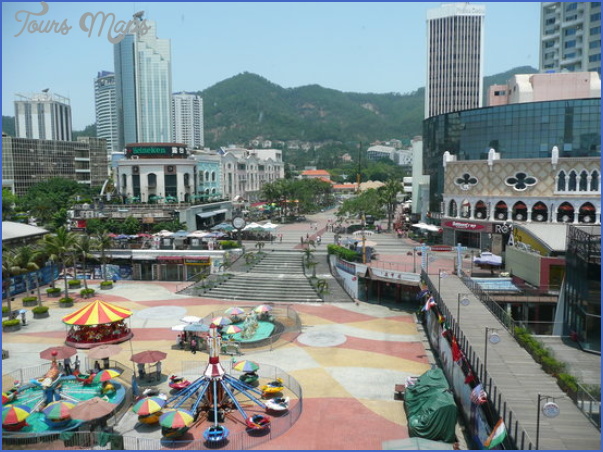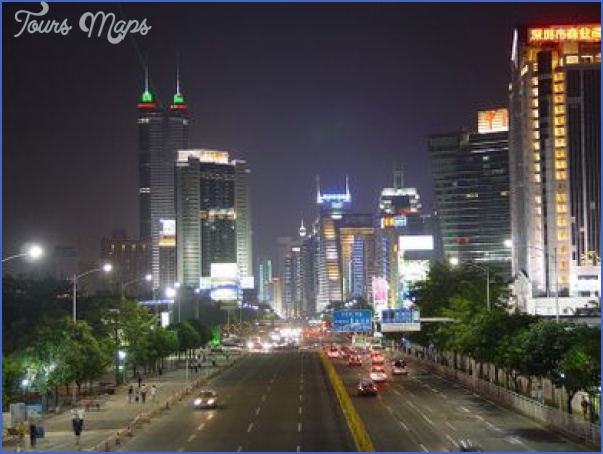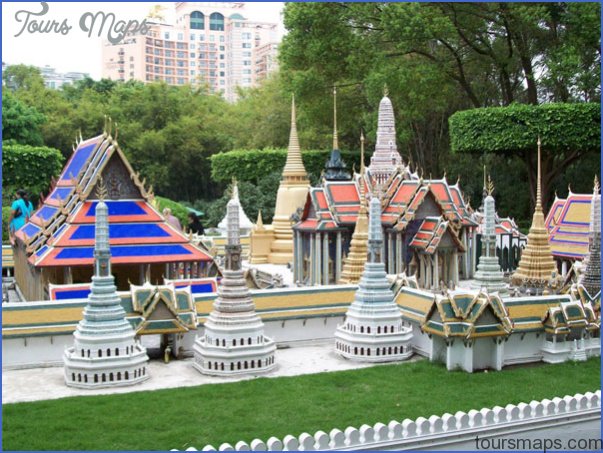SHENZHEN AFTER 1979
First and most obviously there were the buildings. In 1979 the tallest building in Shenzhen was a five storey military barracks. Within three years of the establishment of the SEZ, the total floor area of buildings in Shenzhen had increased 15 fold to 1.95 million sq. m.. Between 1982 and 1996 the total number of multi-storey buildings rose from 1 to 237, and, the number of major construction projects from 46 to 600.
Most impressive of these early construction projects was the International Trade Tower, until about ten years ago the very centre of the city. By the time of its completion in 1985, it had become famous throughout China for the speed of its construction. The 53-storey building was completed in just 14 months and at the peak of construction a floor was being added every three days. This gave rise to the phrase Shenzhen speed.
The economic figures were every bit as impressive. In the early 1990s, before the pace of Chinese growth had become as well-known as it now is, we were keen to point out that economic growth in Shenzhen City between 1979 and 1989 had been at a compound annual rate of 49.7%, an astonishing figure.
Some of the most seminal economic experiments in China took place in Shenzhen. Everywhere else in China economic activity was organised around the old Communist production units but in Shenzhen a Leading Committee on the Shareholding Experiment was established in the early 1980s to oversee the establishment of western-style limited liability companies. In November 1982, Shenzhen established three such
companies: Bao’an Investment Company, Yin Hu Co. Ltd. and San He Co. Ltd. In November 1986, Shenzhen City Government published Regulations Governing Experimental Corporatisation of State Owned Enterprises. This marked the real beginning of the shareholding system and established the forerunners of the enormous equities trading markets now based in Shenzhen. In March 1987, Shenzhen Development Bank became the first company in China to trade real equity shares over the counters of securities companies. Shenzhen Development Bank’s surprisingly strong 1988 profit announcement sparked China’s first stock boom with millions of Yuan of shares changing hands, often illegally, on the streets.
During this period we were often at the coalface and, as problems arose, we would occasionally suggest solutions that were, in terms of the orthodoxy of the times, outrageous and basically undoable. Often the response would start with a blank face, then a sucking of teeth, then a broad smile. Te qu special zone was always the response. What was impossible in the rest of China could be tried out in the Special Economic Zone. It was a very exciting time to be alive.
None of this came easily. The left remained strong and no less than the Premier, Li Peng, the stepson of Zhou Enlai, was far from convinced of the efficacy of some of the more extreme reforms. The matter came to a head with the June 4th Tian’anmen incidents of 1989. Many of the reform party decided that discretion was the better part of valour and, in keeping with ancient Chinese political tradition, declared illness, went elsewhere, or simply let it be known that they were cultivating chrysanthemums. It was during this period that the Shenzhen Stock Exchange had its greatest challenges, even getting started. It was well known around the town that some of the old guard leadership, especially Wang Zhen, were opposed to stock exchanges in general and to those in special economic zones in particular. Given this it is not surprising that the opening of the Shenzhen Stock Exchange in 1991 depended very heavily on personal intervention by the man at the top, President Jiang Zemin himself.
Deng Xiaoping was in no mood to allow the conservative left to use the Tian’anmen Incident as an excuse to roll back all of his previous reform work. He determined to fight back and Shenzhen played a pivotal role in his fight back.
On January 19, 1992, Deng Xiaoping’s train arrived at Shenzhen station. It was Chinese New Year, a time when the leadership often sought warmer climes in the south so, on the face of it, there was nothing special about this trip.
But this was no ordinary New Year’s jaunt. Deng had four more years to live and he was determined to show that he was still in control and to demonstrate how he wanted things to go after his death. This trip was his equivalent of Chairman Mao’s 1966 swim in the Yangtze, a demonstration that he might look old and frail but he wasn’t about to go away. An army of reporters and photographers accompanied him and he left nobody in any doubt as to what he thought about the future of reform and particularly about the success of the Shenzhen experiment. The news reports of the day paint a delightful picture of the old man sitting up in the 53rd floor revolving restaurant in the International Trade Tower, looking down on his creation and regaling his disciples with casuistry about capitalism and socialism such as to make discussions involving angels and pin heads seem straightforward.
From then onwards, arguments about reform were pretty well settled and Shenzhen went on to become the metropolis which we now see, the richest city in China and one of the ten biggest in the world. Many of the subsequent events such as the building of the new CBD at Futian and the 1992 devolution of local legislative power to the Shenzhen People’s Congress we will allude to later in this book. Hong Kong from the start has been a looming presence in Shenzhen and the management of that relationship is a persistent local issue. A similar problem is the relationship with the rest of China, which tends to view Shenzhen with a mixture of admiration and envy. Even just managing the legal and illegal inflow of labour and would-be residents would tax the resources of much better placed cities. And there is the question of which advanced cities should be used as models. Hong Kong is the obvious one but there is so much in Hong Kong’s history and unique circumstances which make it difficult to follow. Hong Kong’s incredible population density, for example, is essentially an artificial result of its public finance system and not something that Shenzhen would like to follow. So Shenzhen has a much lower population density to the great benefit of its citizens. Deng Xiaoping loved Singapore as a model. He had visited it in the 1920s and in a 1977 revisit he told Lee Kwan Yew that on his first trip it had been not much but since then they had done not a bad job. When you walk down Hua Qiang Bei on a Sunday afternoon or travel along any of Shenzhen’s garden boulevards, or observe the very positive results of public courtesy education campaigns, the parallels are obvious. But Singapore is a town without one billion other people clamouring to get in.
So the future is clouded as always. But one thing we can be certain of is that it will continue to be exciting.
Shenzhen Travel Photo Gallery
Maybe You Like Them Too
- The Best Cities To Visit in The World
- World’s 10 Best Places To Visit
- Coolest Countries in the World to Visit
- Travel to Santorini, Greece
- Map of Barbados – Holiday in Barbados

